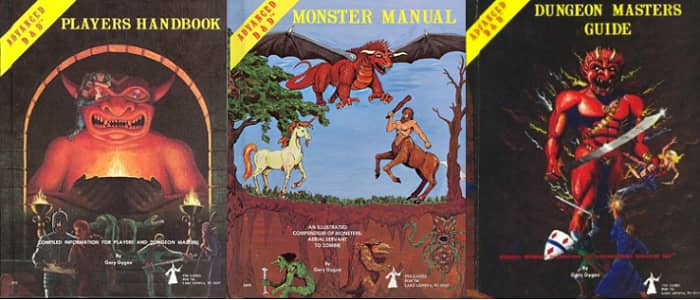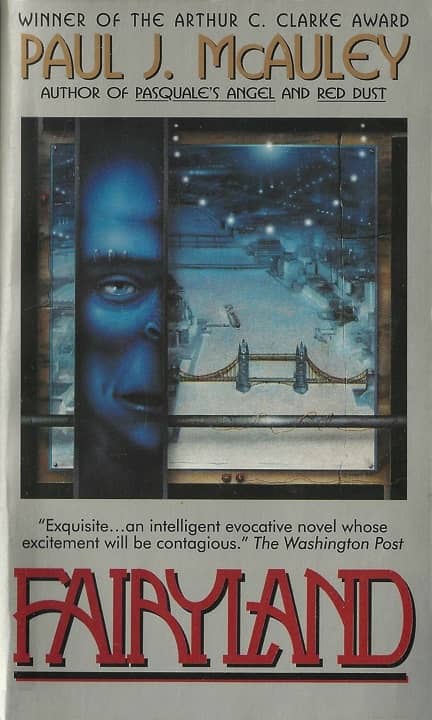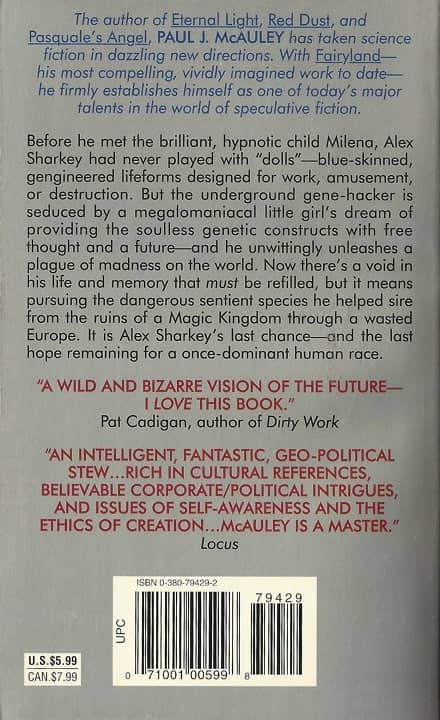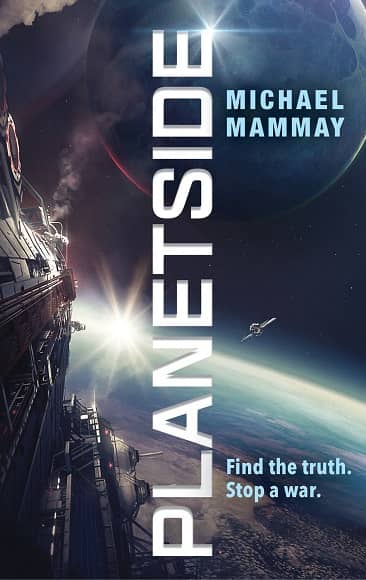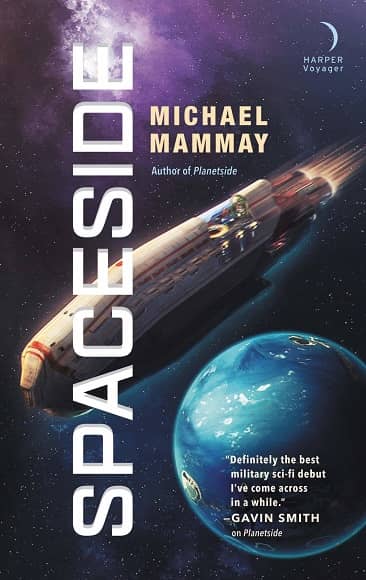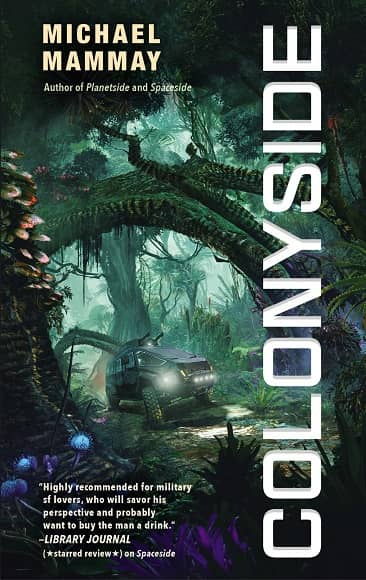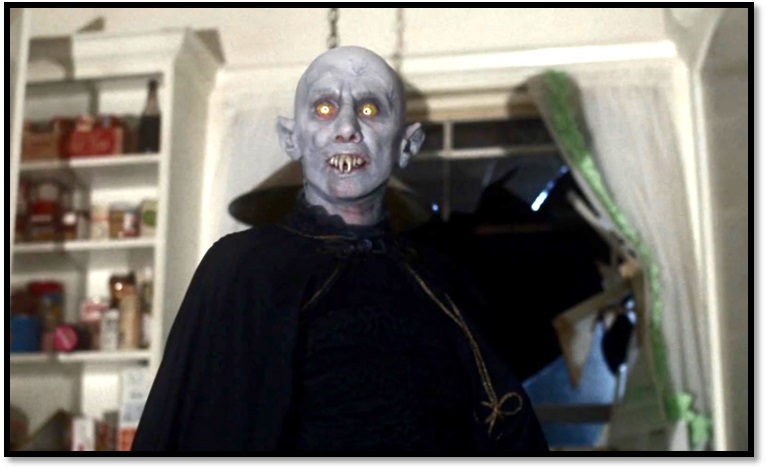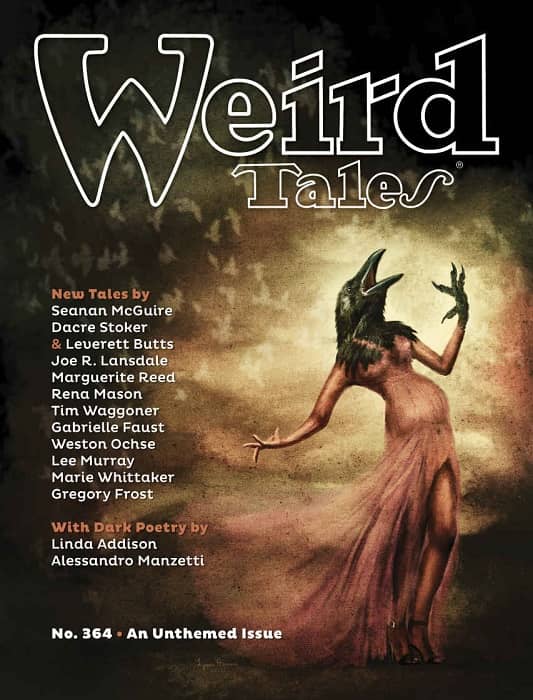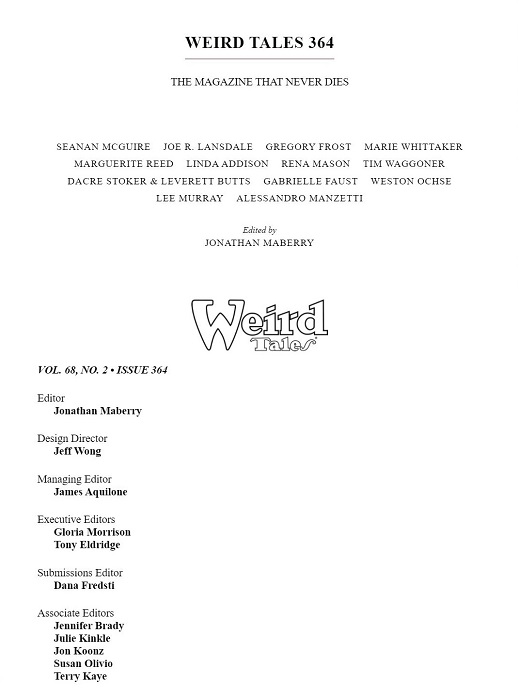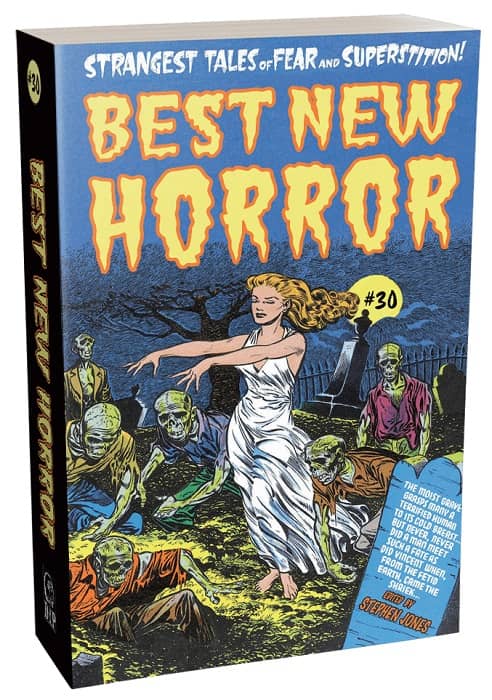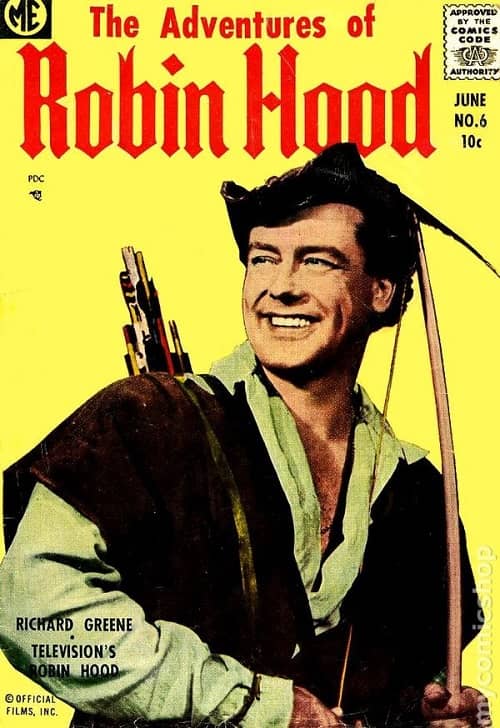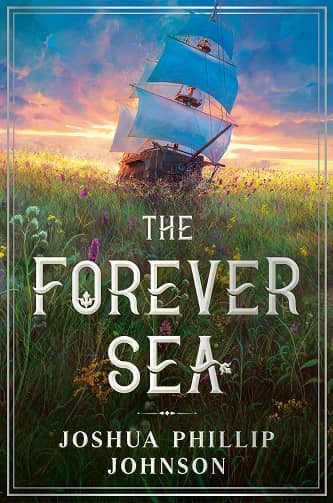Bran Mak Morn: Social Justice Warrior
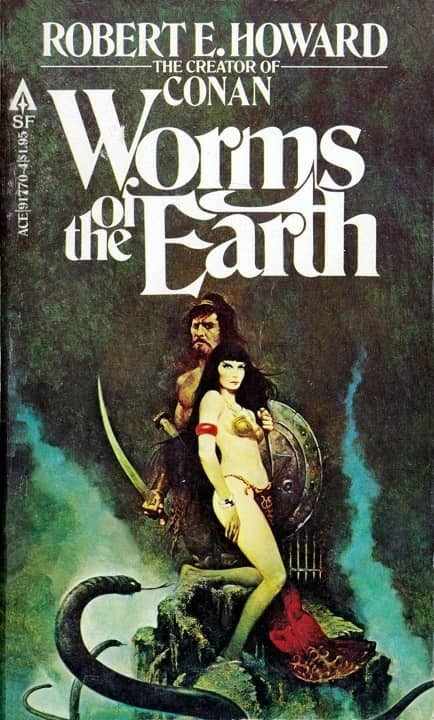 |
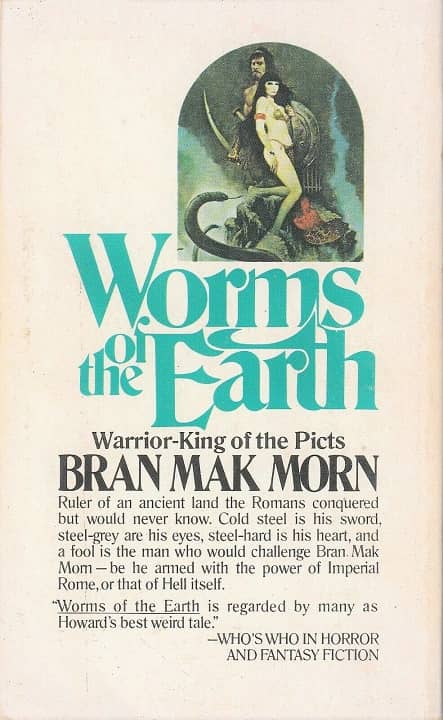 |
Worms of the Earth by Robert E. Howard (Ace Books, 1979). Cover by Sanjulian
“Worms of the Earth” was published in Weird Tales in November of 1932, and was thus described in the table of contents as “a grim shuddery tale of the days when Roman legions ruled in Britain–a powerful story of a gruesome horror from the bowels of the earth.” It features Bran Mak Morn, the King of the Picts, one of Howard’s barbarian characters. A quasi-Faustian tale, the story dramatizes Bran Mak Morn’s greatest transgression, a dark pact the king makes with diabolic force to avenge his dying and brutalized race: the Picts.
Many consider “Worms of the Earth” one of Howard’s masterpieces, truly haunting and enigmatic, its impact lingering long after a reading, like a stagnant tobacco smell or a leathery flapping of shadowy wings. The story is also notable for its inclusion of allusions to H.P. Lovecraft’s mythos, specifically the ancient Mesopotamian god “Dagon” and the sunken city of “R’lyeh,” home to dreaming Cthulhu. Undoubtedly, the story’s themes of racial degeneracy and the violent power of geologic time are steeped in Howard’s legendary 1930s correspondence with Lovecraft.
